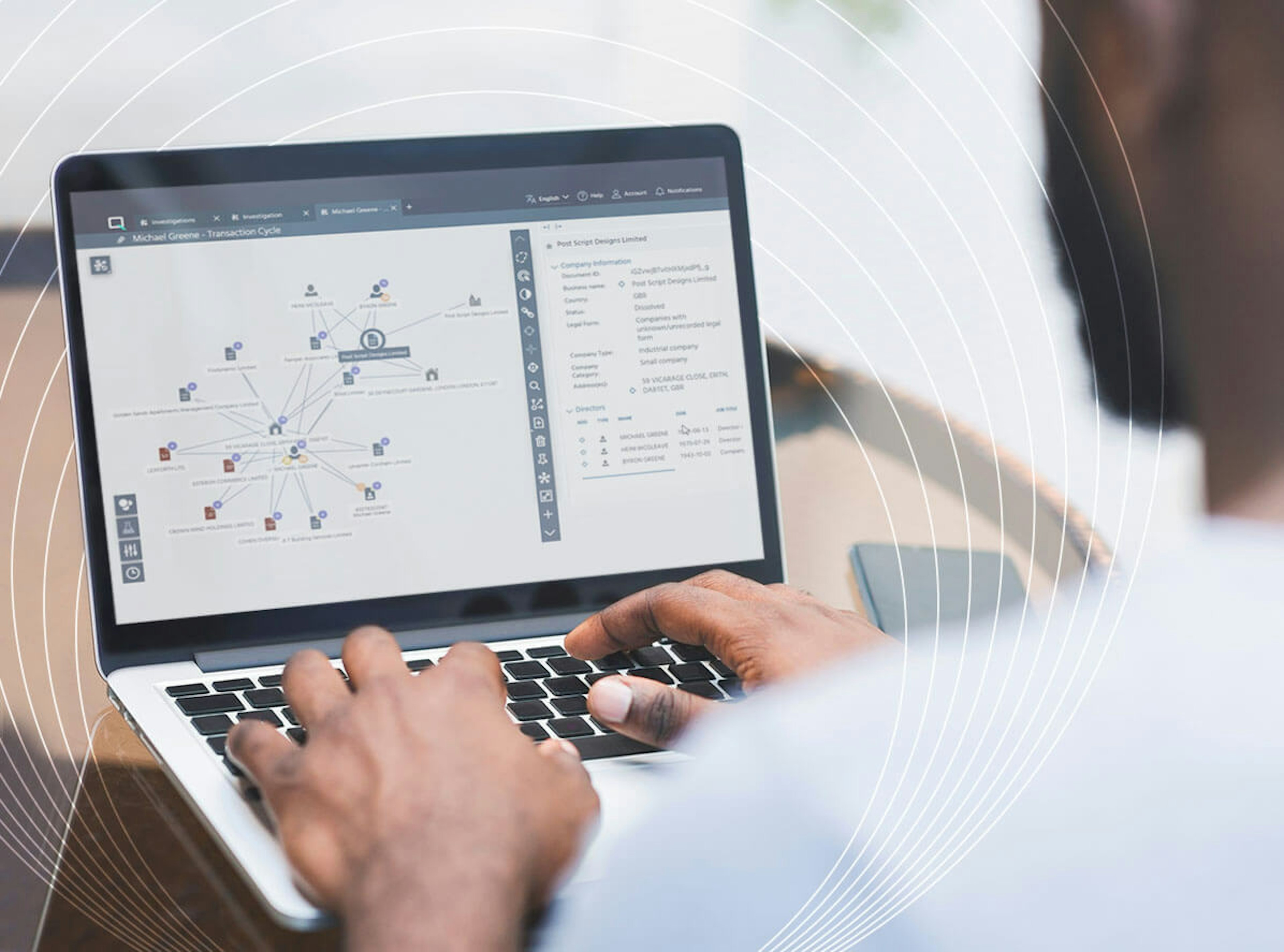5 Learnings for 2024 on Fighting Financial Crime From the Global Banking Summit
At the FT Live's Global Banking Summit, industry experts discussed how data and technology help fight financial crime more effectively.
Despite ever-increasing efforts by banks to thwart financial crime, bad actors continue to exploit the financial system. A report from the United Nations states that "The estimated amount of money laundered globally in one year is 2 - 5% of global GDP, or $800 billion—$2 trillion in current US dollars." The true scale may be even greater.
The big question is: How are banks leveraging data, technology, and increased cooperation to more effectively monitor, detect, and investigate financial crimes?
That was the focus of a panel discussion at the FT Live Global Banking Summit, which saw financial crime compliance and technology leaders from HSBC, Standard Chartered Bank, Deloitte, and Quantexa gather to share their expertise.
Below are some of the key thoughts and strategies that came out of this lively discussion.
1. Change is the new "normal"
Most financial institutions have robust financial crime compliance programs in place and are constantly increasing spending to meet regulatory requirements. The problem, as Jennifer Calvery, Global Head of Financial Crime Risk and Compliance at HSBC described, is that "financial crime doesn't stand still."
The risk landscape is always in flux. Regulations change, as we've seen in the response by many governments following the outbreak of the war in Ukraine. Banks themselves are changing as they respond to consumer demands for better and more varied types of services. Payment systems change, with new entrants like cryptocurrency providers entering the field. And technologies are constantly evolving.
Likewise, those bent on exploiting the financial system are constantly creating workarounds to bypass existing controls. They're agile, adaptive, and extremely tech savvy, which is why many banks are pivoting to embrace new technology that harnesses the power of Decision Intelligence to help unify customer data, strengthen compliance efforts, and thwart ongoing threats.
2. How data helps create context
In the last decade, huge progress has been made in computing power, cloud technology, and advanced analytics utilizing AI and machine learning to monitor, detect, and investigate financial crime.
What's truly exciting, however, is new technology that extends the ability of financial institutions to derive trusted data at scale to drive more effective decision-making.
As Vishal Marria, founder and CEO of Quantexa described, "Many of the banking participants we serve work across different geographies [and] different regulations [in] 50-plus markets where they have banking services and products.
"The ability to contextualize and trust that data, and then feed it into advanced analytics, is what we have seen as the best armament when it comes down to detecting financial crime at scale."
Trying to strike the right balance between security and privacy through trusted data, however, is also an ongoing debate; particularly when you're talking about doing so at a scale that could easily involve billions or trillions of data points.
"It’s definitely about processing power," Jennifer added. "It’s about entity resolution—making sure that you know that a John Doe in one country is the same John Doe as you see in a different country. It’s about having advanced analytical tools to pull out these signs of financial crime."
Vishal explains how banks can leverage data at scale to create context and uncover financial crime risk.
3. AI as an accelerator
Artificial intelligence is already playing a key role in combating financial crime, but as Vishal explained, "The scale of this problem is one of the biggest challenges—the ability to go through every transaction or every customer and be able to monitor for suspicious behavior.
"This isn't fishing around... it’s a focus point to ensure that you are putting those laser-focused scenarios [and] rules [that are] tailor-made to find those types of patterns, and at the same time allowing the data to speak to you by saying, 'These patterns look suspicious for the following reasons.'
"The transparency of that model," he continued, "is fundamental and the ability to find those suspicious patterns. But having that transparency, for a large organization, or any regulated organization, is a key point."
While there has been a lot of debate about how to scale AI adoption to combat financial crime, Vishal stressed that it's equally important to recognize the opportunities that AI is unveiling more widely across a bank.
"I think there is an opportunity for us not just in the regulatory compliance or the financial crime space, but to almost rethink the operating model of banks," he continued.
"If we were to put AI as the core of our operating system within an organization, what does that bank look like? Where could that opportunity take an organization? Not just finding the bad people or the high-risk people, but all the opportunity that could bring, if that’s less friction to a customer, if that’s better products and services being tailored for a customer, or taking some of the laborious tasks that bank individuals would be doing to enable upstream or downstream applications or people to make those decisions."
4. Data sharing has a crucial role
The panel was in agreement that there is a mountain of information around specific threats and how criminals are evolving their tactics on the law enforcement side. And there are vast teams of investigators compiling reams of data on the banking side. What's needed, they believe, is a stronger public-private sector partnership to leverage the vast data resources of the two combined.
As the panel emphasized, this needs to include cooperation on the tactical level, sharing casework and operations, but also sharing typologies and policies. They also stressed that these two important sets of actors need to work together to create the conditions that can drive effectiveness and efficiency in identifying true risk, rather than focusing solely on compliance.
Panel members were unanimous in pointing to the key role that technology can play in parsing all of the available data to derive actionable intelligence that both public- and private-sector entities can act upon to thwart criminals.
5. The value of data integration
Beyond the application of new technologies, the panel agreed that some long-standing systems and processes can be improved upon.
Chris Bostock, Director, Financial Crime at Deloitte, looked to the benefits of tapping into already existing data pools. “There must be points in the system," he began, "where data already sits in aggregation. Why don’t we, as an ecosystem, exploit those data points of aggregation more effectively?"
Tracey McDermott, Group Head of Conduct, Financial Crime, and Compliance at Standard Chartered Bank, echoed that sentiment saying, "There is a vast quantity of data out there, which is a lot more informative probably than me asking Jen where her address is. If we could use all of that [data] more effectively, we could make the existing systems and processes work more smoothly."
Learn about how Quantexa helps banks fight financial crime and fraud.

 Loading
Loading
